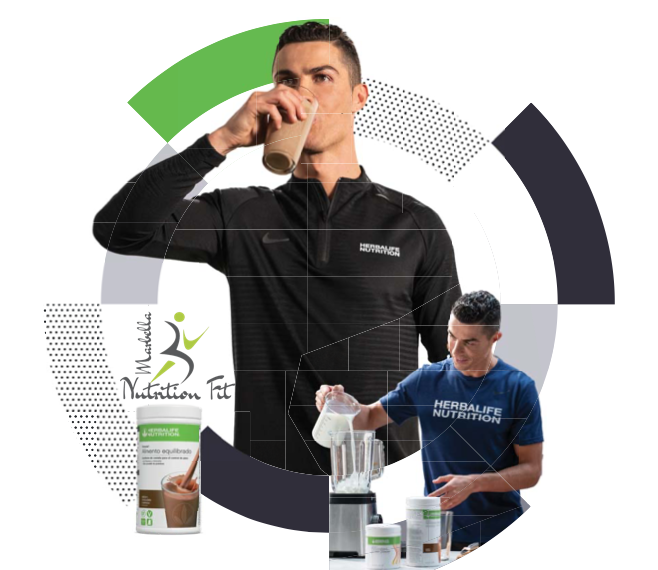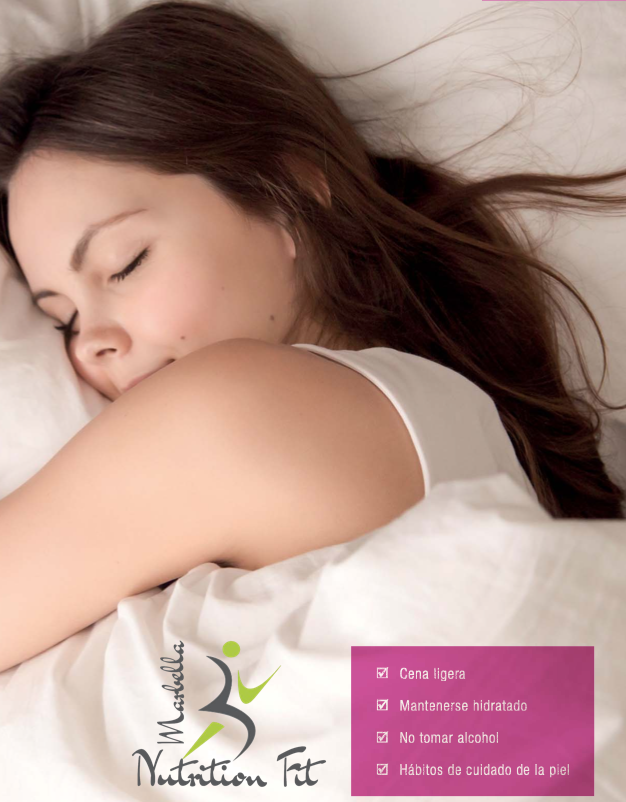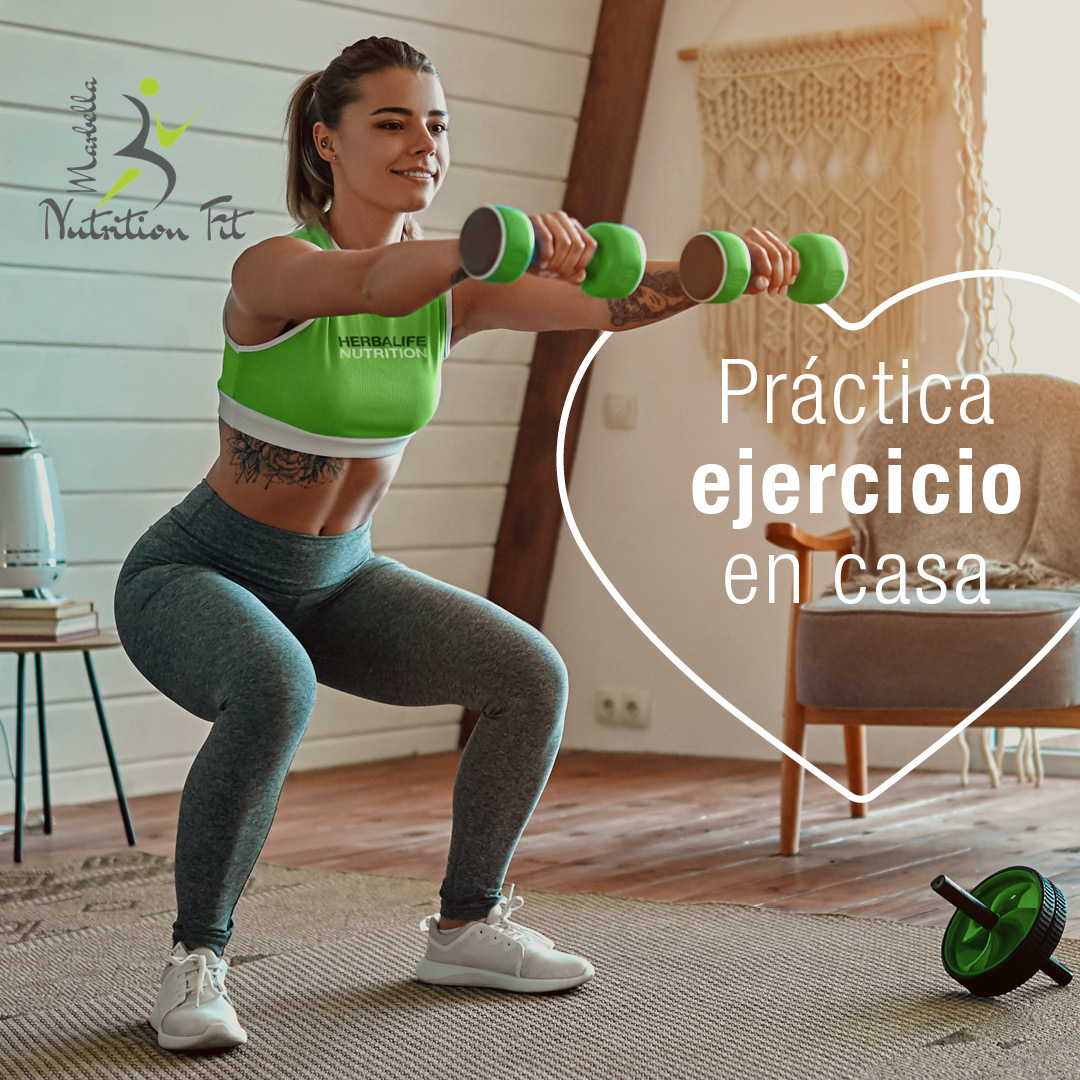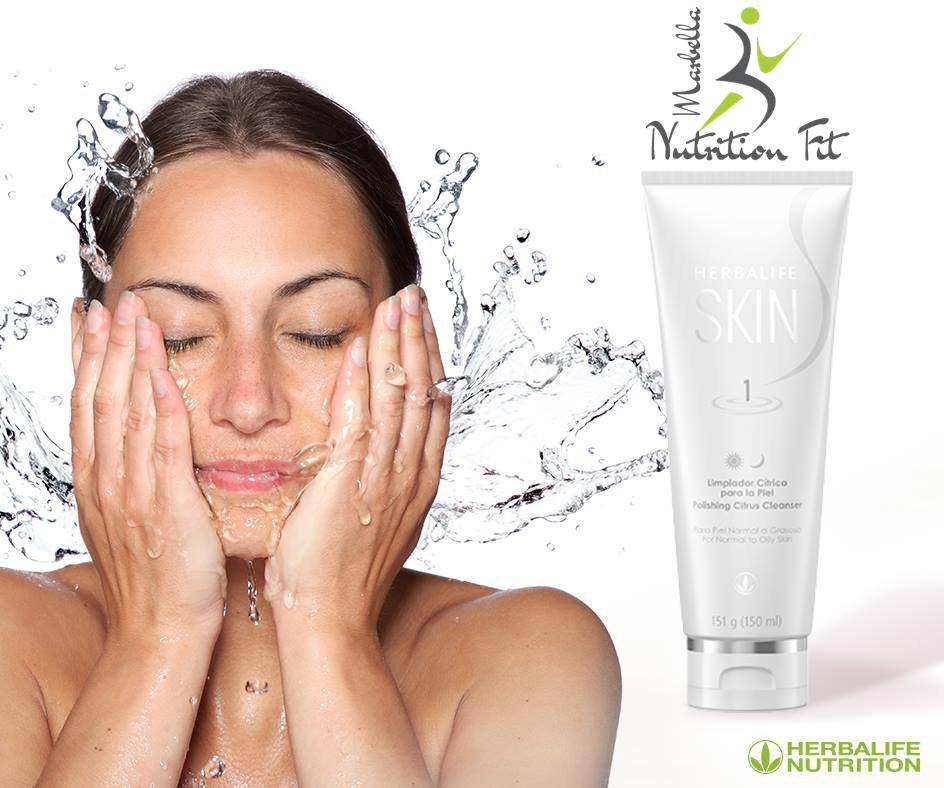Lo que dice la ciencia sobre la creación de hábitos mas saludables
Hábitos más saludables puedes aprender en nuestro reto de 21 días
La forma en que se crean los hábitos es increíble, en gran parte porque la mayoría de nosotros no nos damos cuenta de que hemos creado un hábito hasta que tratamos de romperlo o cambiar un aspecto de nuestro estilo de vida para mejorar. La mayor parte de la creación de hábitos tiene lugar en el subconsciente; de ahí que sean tan difíciles de superar.
A menudo puede parecer imposible acabar con un hábito, pero la ciencia demuestra que es posible hacerlo.
Nuestras acciones abarcan un espectro que va desde el consciente hasta el inconsciente. Cuando actuamos de forma menos consciente, decimos que lo hacemos por costumbre. Nuestro cerebro quiere ponerse en modo de piloto automático lo máximo posible. Esto es más eficiente y libera energía para buscar riesgos e información que pueda ser útil para la supervivencia.
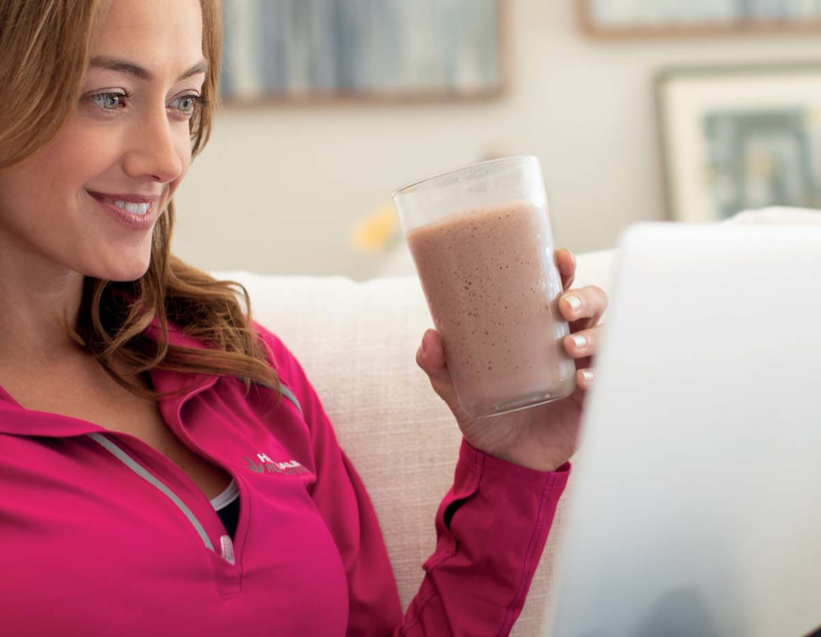
Anatomía de un hábito
Esta tendencia natural a querer realizar las acciones cotidianas en modo de piloto automático es la causa raíz de lo bueno y de lo malo en materia de salud. Si quieres romper la rutina y establecer una nueva respuesta automática, ten cuidado porque no es fácil. Pregúntale a cualquiera que haya empezado un propósito de Año Nuevo y al final lo haya abandonado antes de que termine la primavera.
Psicólogos como Richard Thatcher y BJ Fogg han descrito la anatomía de un hábito. Se reconoce que, una vez que se crea un hábito, especialmente si se adopta con fuerza, nunca desaparece del todo. El cableado mental permanece presente y es la razón por la cual es posible que antiguos hábitos que se creían extinguidos reaparezcan en determinadas circunstancias.
¡Pero aquí viene lo bueno! Una vez que entendamos que muchas acciones que son habituales tienen un factor desencadenante o una señal, podemos empezar a pensar en usar el poder de esa señal para obtener una respuesta más positiva.
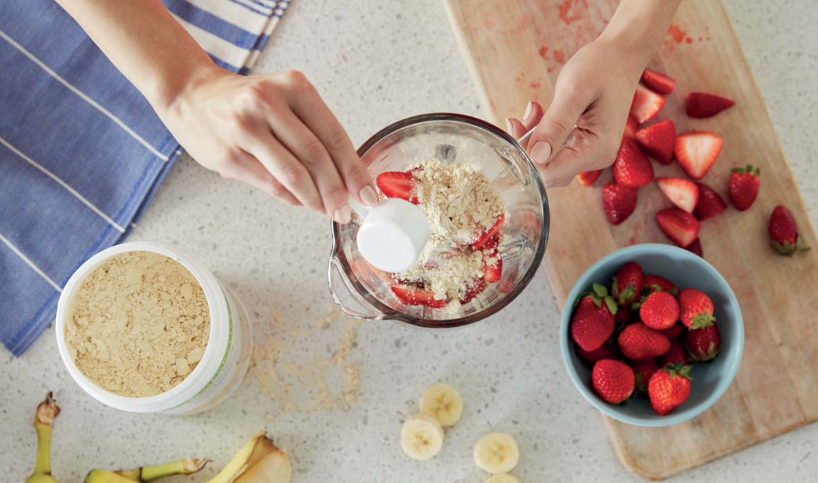
Añadir recordatorios visuales para crear mejores hábitos
Cada mañana, hay tres cosas que hacemos de forma constante, sin falta. Ir al baño, cepillarnos los dientes y hacer café. Levantarse por la mañana es un factor desencadenante para realizar ciertas acciones.
¿Y si queremos añadir unas cuantas acciones? Supongamos que salimos a correr y tomamos una bebida rica en proteínas para la mañana como desayuno. Un planteamiento sería empezar a emparejar indicios y acciones.
Todos los días, podemos colocar las proteínas en polvo junto al café como recordatorio visual (y reducir la barrera que se opone a la acción al tenerlo fácilmente accesible), además de colocar la ropa de running en el baño junto al lavabo. El emparejamiento es un mero ejemplo de cómo podemos aprovechar un indicio para facilitar una nueva acción.
El poder de los indicios y las acciones
Los hábitos deben crearse con cuidado. Se necesita tiempo y técnicas bien planificadas no sólo para iniciar una acción, sino para empezar a integrarla en tu vida cotidiana. Los hábitos pueden incorporarse con pasos relativamente pequeños. Estos pasos (cuando se dan juntos) pueden generar excelentes resultados y suelen ser más fáciles de manejar que los grandes cambios radicales, los cuales pueden resultar inquietantes.
Informate sobre nuestro resto de 21 días para cambiar a hábitos más saludables.

